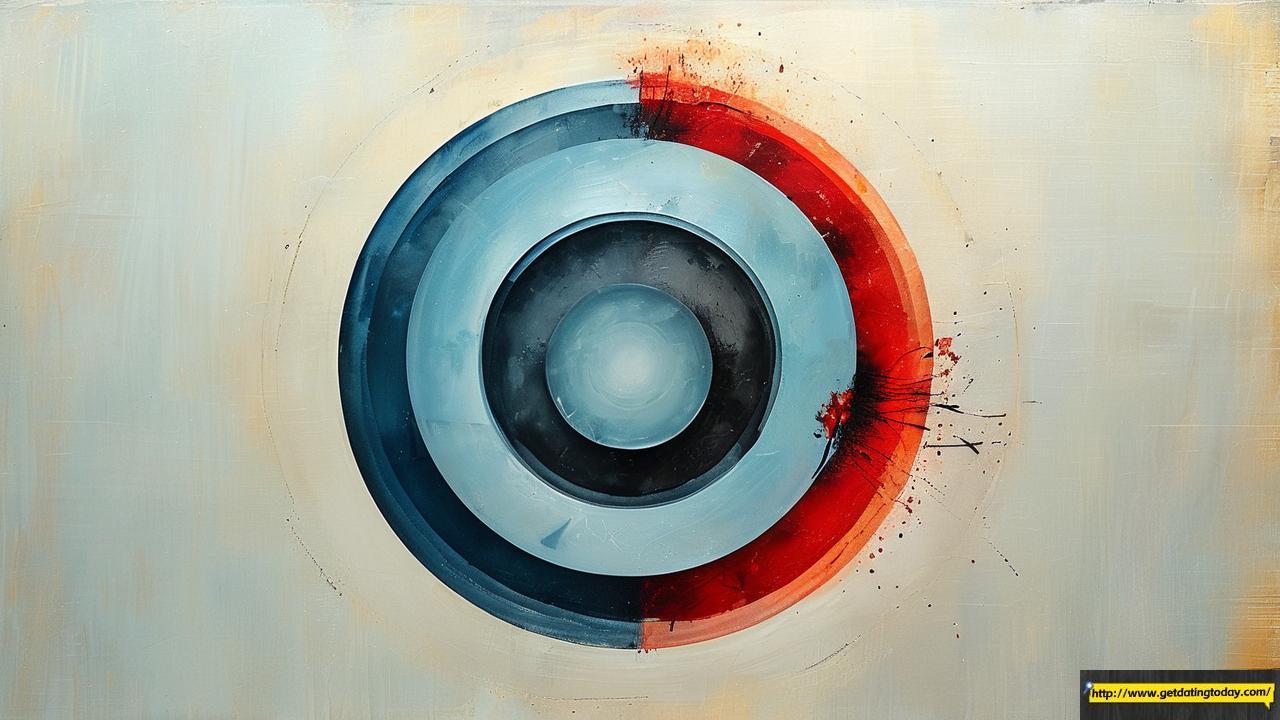You’re sitting across from your partner after a long day, trying to explain why their offhand comment about your cooking stung. But instead of understanding, they counter with, “I was just joking!” Suddenly, you’re both speaking different languages—one of you drowning in hurt feelings, the other baffled by the reaction. Sound familiar? This isn’t about who’s right or wrong. It’s about cracking the code of emotional communication into “I’ve got your back.”

The Art of Listening Like a Love Detective
Most of us think we’re decent listeners until our partner starts with, “Same thing happened to me last week!” True listening isn’t waiting for your turn to speak—it’s active curiosity. Try this: Next time they share something vulnerable, say, “Tell me more about why that felt significant.” Watch how their shoulders relax when they realize you’re not just hearing, but receiving their emotions.

One couple I coached discovered their “aha moment” during traffic jam arguments. Instead of debating whose GPS route was better, they started asking, “What’s really bothering you about this situation?” Turns out, it was never about the road—it was about feeling dismissed during decision-making.

Emotional Vocabulary: Your Relationship’s GPS
“My feelings are hurt” is like telling a doctor “I don’t feel good”—too vague to fix. weekend plans without checking in.” Specificity isn’t nitpicking—it’s giving your partner a roadmap to your heart.
Create your “Emotion Menu” together:
- Frustration = “I need more collaboration”
- Withdrawal = “I’m feeling emotionally tender right now”

- Anger = “My boundaries feel crossed”
A client once shared how this transformed their fights: “Instead of screaming ‘You never listen!’, I now say ‘I feel disconnected when we’re both on our phones during dinner.’ Suddenly, he started charging his phone in another room—magic!”

The Nonviolent Communication Superpower
Psychologist Marshall Rosenberg’s four-step method works like emotional judo:

- Observation: “When you came home an hour later than you texted…”
- Feeling: “…I felt anxious and unimportant…”
- Need: “…because reliability helps me feel secure…”
- Request: “…Would you be willing to send a quick update if plans change?”
This formula stops blame in its tracks. As relationship expert Esther Perel says, “The quality of your questions determines the quality of your connection.”
Body Language: The Silent Love Song
Your crossed arms during a conversation might scream “I’m closed off!” louder than any words. Try this experiment: Sit facing each other, knees touching, hands loosely clasped. Now discuss a sensitive topic. Most couples report feeling calmer and more connected—proof that our bodies are emotional tuning forks. in disguise. The healthiest couples I know have a “Repair Ritual”:
- Time-out signal when emotions peak
- 20-minute cooldown (no silent treatment!)
- Reconvene with “I” statements
One couple uses humor as their reset button—who can make the other laugh first wins the “Most Creative Peace Offering” award. Last week, he showed up wearing her zebra- They couldn’t stay mad if they tried.
Daily Emotional Hygiene
Emotional connection isn’t built in grand gestures but in micro-moments:
- The 6-second kiss goodbye (science says it boosts oxytocin)
- “High-Low-Buffalo” dinner ritual: Share a high, low, and random fact of the day
- Weekly “Appreciation Dump”: 5 minutes of uninterrupted compliments
A wife once told me, “We started spending 90 seconds every night saying what we loved about each other that day. After a month, it felt like we were dating again—but”
The Vulnerability Paradox
Here’s the uncomfortable truth: **The conversation that scares you the most is usually the one that needs to The “I sometimes feel lonely in our marriage” talk? The “Sex has felt routine lately” discussion? Those are golden tickets to deeper intimacy.
Start scary conversations with permission-seeking:
“Can we talk about something that’s been on my mind? I might fumble the words, but it’s because this matters.” This softens defenses better than any preamble.
Digital Age Heart-to-Hearts
Your phones are third-wheeling your relationship. Try these resets:
- “Phones in fishtank” during date nights (waterproof case optional)
- Voice memos for love notes—hearing their laugh beats texting “ILY”
- Social media boundaries: “Let’s ask before posting about each other”
One tech CEO couple I know has a “No Screens in Sanctuary Spaces” rule—bedroom and breakfast nook are device-free zones. “It’s where we remember why we chose each other over our inboxes,” they shared.
Your Emotional Communication Toolkit
- The 3-Breath Rule: Pause and breathe together before heated talks
- Emotion Wheel Poster: Hang it where you argue most (hello, kitchen!)
- Code Words: “Purple pineapple” means “I’m triggered but still love you”
- Annual Relationship Audit: 20 questions to check your emotional pulse
Remember: Love isn’t about finding someone who never hurts you; it’s about choosing someone who’s willing to repair the cracks together.
The couple that masters emotional communication doesn’t have fewer disagreements—they have better “make-up sex” of the soul. They know that every misunderstanding is a chance to learn each other’s heart-language more fluently. Start small: Tomorrow, replace “You’re wrong” with “Help me understand. After all, the strongest relationships aren’t built on never falling—but on perfecting the art of getting back up… together.
